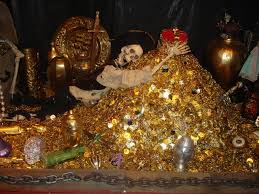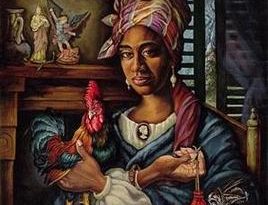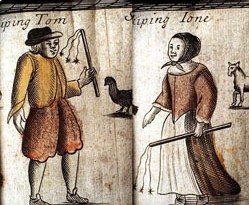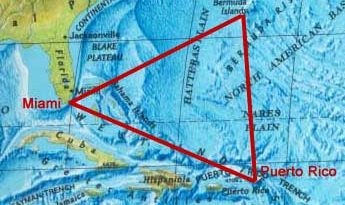Hidden Treasures – Treasure Chest of the Church of Pisco
Source : http://www.treasurestories.com/Pacific/TheChurchTreasureofPisco.htm
The year was 1859. Four unsavory characters were serving as mercenaries for the Peruvian Army. A Spaniard (Diego Alvarez), an Irishman (Killorain), an Englishman (Luke Barrett) and an American (Brown). They figured there had to be a way to make better money and were looking for opportunities.
One of the men ran into a renegade priest named Father Matteo. The priest told the man of a treasure hidden and guarded at a church in the town of Pisco. The four came up with a plan, deserted from the army and made their way to Pisco.
Alvarez and Killorain were both Catholic and started to attend mass regularly. They became model parishioners. After some time they went to the local priests with a terrible story. They had found out that a renegade priest by the name of Father Matteo knew about the treasure and was gathering up a large group of bandits to come and steal the treasure.
The Priests believed the story. These men could know nothing of the treasure on their own. Father Matteo must be up to something. Alvarez came up with a plan to save the treasure. They could load the treasure onto a ship and move it to the safety of Callao. Alvarez and his three friends would gladly donate their services as guards.
So it came to pass that the priests loaded the following on a ship in the tiny harbor of Pisco:
- 14 tons gold ingots
- 7 great golden candlesticks, studded with jewels
- 38 long diamond necklaces
- A quantity of jeweled rings
- A quantity of jeweled bracelets
- A quantity of jeweled crucifixes
- 1 chest uncut stones
- 1 chest Spanish doubloons
- Various other jewels and ornaments
The ship set sail for Callao with some of the priests, the ships crew and the four guards. Once out to sea, the Captain, crew and priests were killed. Alvarez figured that they could hide the treasure, scuttle the ship, row ashore in Australia and claim shipwreck. This way no one would ever suspect them of the murders and theft. They could then go back with another ship and retrieve the booty.
The four men set a course for Tahiti for supplies. Once they were stocked up the sailed into an area with many small islands and atolls. In December of 1859 they landed on a small coral atoll in the Tuamotu group. They atoll had no harbor, so they off loaded the treasure onto a small boat and made many trips until most all of the treasure was secreted on the atoll.
Alvarez made a map but did not know the name of the atoll they had used. They crossed over to Katiu and Alvarez asked a local the name of the atoll. The man told him they had been on Pinaki. Alvarez did not want this information to get out so he pulled his gun a shot the man. This understandably upset the natives and the four men had to flee the area in a hurry. Alvarez never did find out that the man was thinking of a different atoll and they were never on Pinaki.
They scuttled their ship off the coast of Australia and rowed ashore. Their story was believed and they lived well off the part of the treasure they carried off with them, too well, apparently. When the time came to put together an expedition to retrieve the treasure, they were a little short of funds. They tried to raise money by telling potential investors they had found a treasure map. It didnt work and they needed some quick funds.
They went to work in the Palmer gold fields. Alvarez and Barrett were killed in an altercation with natives. Then Killorain and Brown killed a man in a brawl. They were convicted and sentenced to 20 years in prison. Brown died while serving his sentence.
In May of 1912, Charles Howe was in his house near Sydney. It was a rainy night and he received a knock at the door. He opened it to find a tramp looking for a handout. He was altogether the most frightful looking little dwarf that ever escaped out of a picture book. He fed the man, let him dry off and was generally kind to him. The tramp moved on.
Four months later, Howe was called to the Sydney hospital. The old tramp was very ill and had to talk to someone. He told Howe his name was Killorain, that he and three others had buried a large treasure, that he had spent most of his life in prison and was never able to go after it. He gave him the map Alvarez had made and explained the whole story to him. He asked him to retrieve the treasure.
Howe left and started to check out the old mans story. He found that there had indeed been a theft from the church in Pisco and that four men arrived in Cooktown in February of 1860 after being shipwrecked. He returned to the hospital to talk to Killorain, only to find he had died.
Howe sold everything he owned and set sail for Tahiti. From there he booked passage to the small atoll, Pinaki. He set up residence on the atoll in February of 1913. He systematically searched the island by digging trenches in grids. Howe spent 13 years searching the atoll. Finally he went back to Tahiti. Howe asked some of the natives about the Bosun Bird, the ship that originally sailed from Pisco with the four sailors. They told him that the ship did not anchor near Pinaki but at a different atoll.
Howe set off to the new location with his map in hand. Within three days he had found the jewels and doubloons. The only thing left was the gold. According to Alvarez map the gold was at the bottom of a pear-shaped pool. He probed the pool and came back with some pieces of wood. This convinces him he had found the location of the gold.
Getting 14 tons of gold out of a lagoon was not going to be easy. Also, Howe did not want anyone to know he had found anything. The locals knew what island he was on and that he had spent years searching for something. He reburied the chests with the doubloons and jewels. He took only a small amount of the treasure with him and feigned failure to the locals.
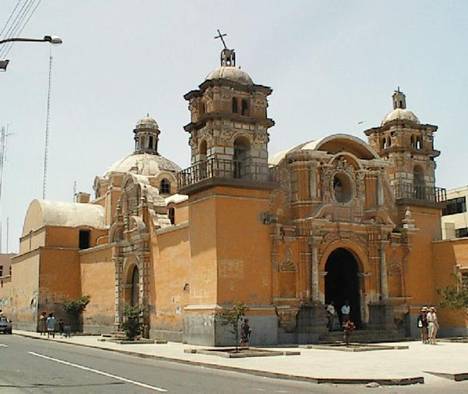
In January of 1934, the group arrived in Tahiti. They searched for the right atoll, and believed they had found it. After working to get at where they believed the gold to be and searching for the buried chests, they ran out of funds. The money people backing them refused to sink any more money in a lost treasure hunt and the team was force to leave. The story ends there. The 14 tons of gold, the jewels and doubloons have apparently never been recovered.
Heres what we know of the location. The island is located near Katiu and Makemo. It was an uninhabited island in the days of Alvarez, Howe and the 1934 expedition. There is strong surf by the reef. There is no anchorage or entry for a ship. It was the third island visited by the expedition form Tuanake. They found the correct spot in 1 day. There is a coral pinnacle on the eastern side of the atoll. There is a pass just to the left of the pinnacle. There is a pear shaped pool about three miles from the pass with seven coral blocks nearby.
Discuss article |
Article Link
